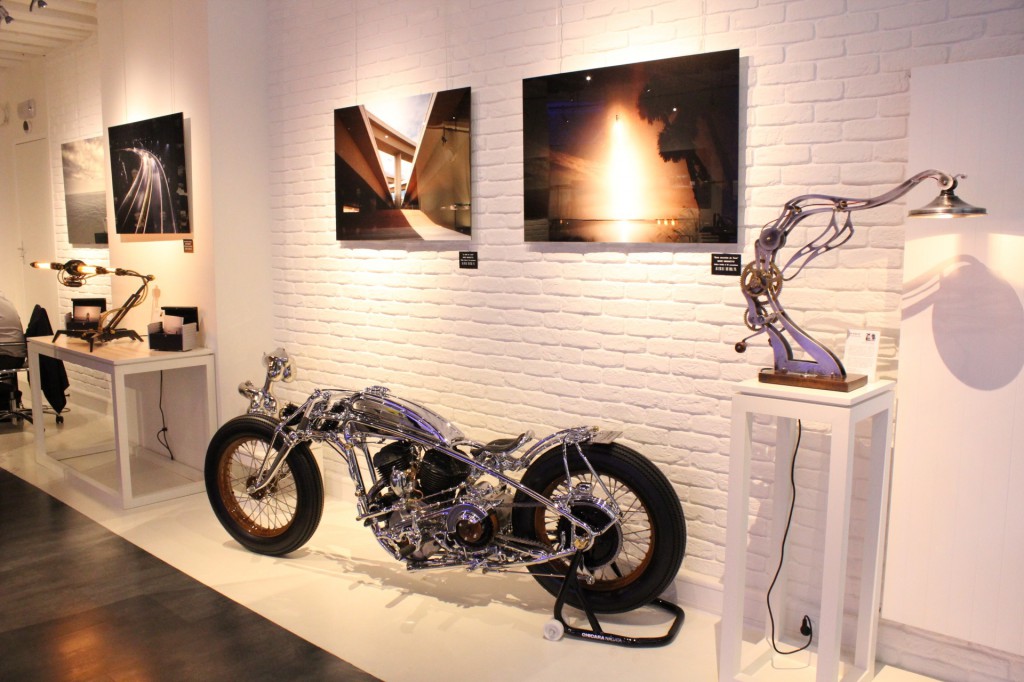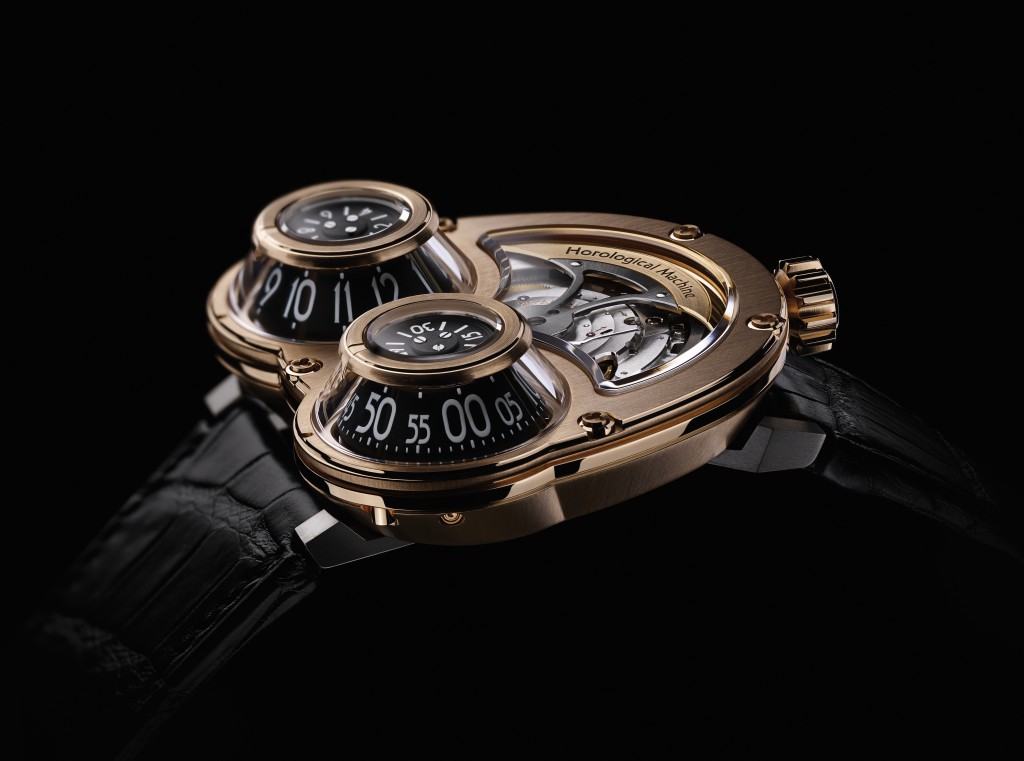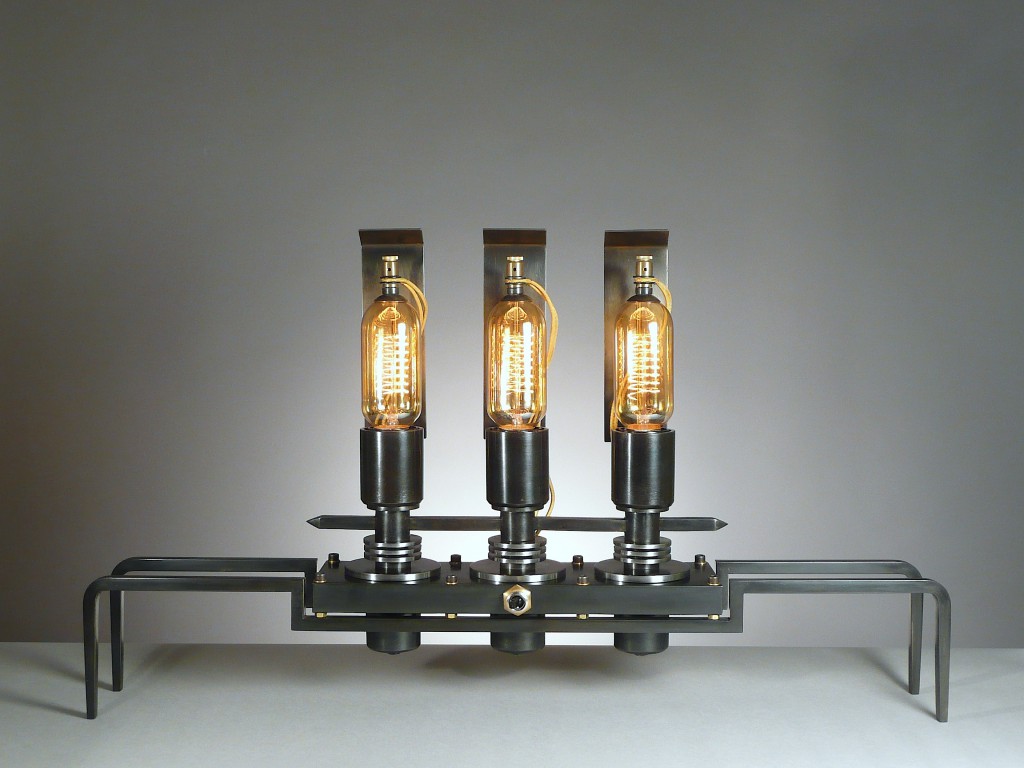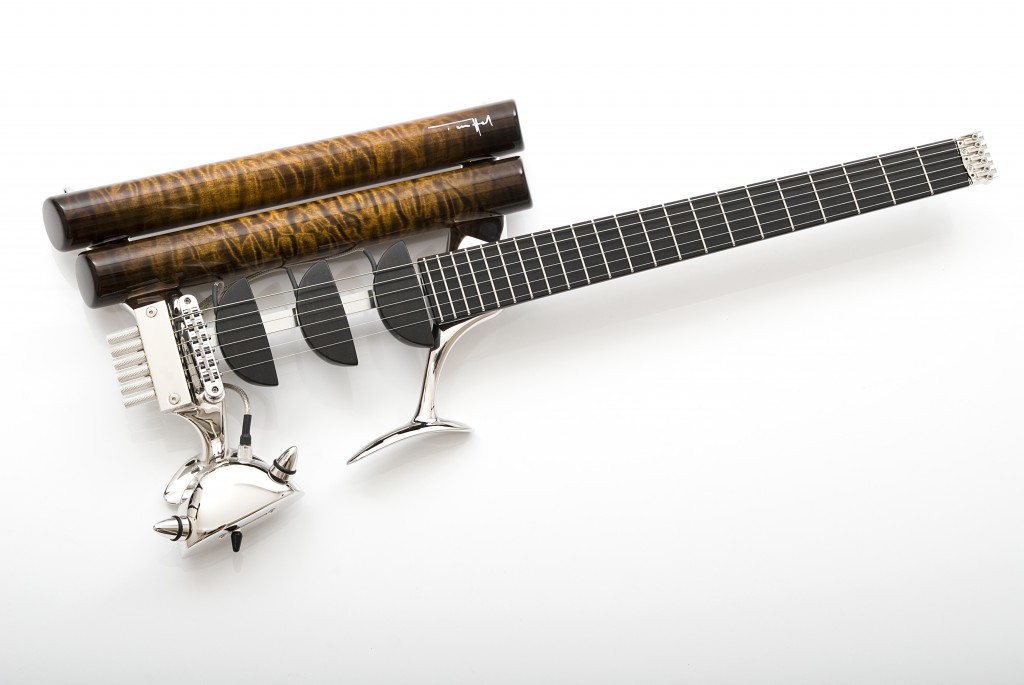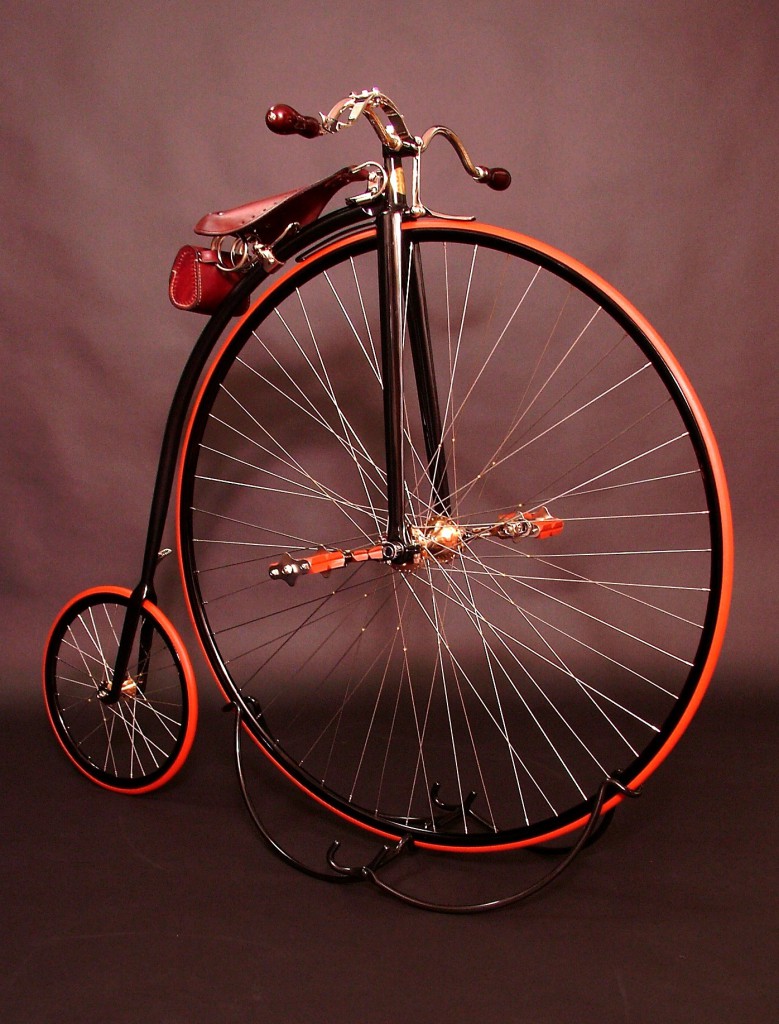30-year-old Matthew Albanese has an appetite for landscape photography. Sort of. Using common “material” like jelly beans, cooked sugar, garbage bags and ostrich feathers, the New Jersey-based wizard has conjured a series of tiny, life-like and absolutely beautiful dioramas. With its deep-blue sky, fluffy clouds and cocktail waters, Albanese’s tasty “DIY Paradise” is one my favorites. Take a close look. Can you guess what it’s made of?
Cotton, salt, cooked sugar, tin foil, feathers and canvas! Employing his art-school skills and photographic techniques, Albanese has magically transformed the appearance of things many of us only use for cooking into the most beautiful stuff. As of today, there are 19 pieces presented on his website and the series “Strange Worlds” keep growing. Here’s a recent, flashy masterpiece reminding me of the British science-fiction series Thunderbirds.
To achieve the lightning effect in this diorama, Albanese used a piece of black plexiglass with bolts carefully etched out so that light could flash through. No additional light source was added in the final shot. The result is wicked, terrifying and spectacular, not far from the real deal. Ingenious! In the video interview below, Albanese explains how the idea of Strange Worlds struck him like a bolt from the blue, and what it all means to him.
Made from sewing thread, sticks, wood, hand dyed ostrich plumes, potting moss and dip-dyed cotton batting, the handsome willow tree (pictured to the right) took about two months to construct. I deeply admire Albanese’s patience, passion and determination. In particular as the final product is nothing but a photo. Or is it? Perhaps the process of creating, exploring and learning (partly time-lapsed below) is a goal in itself. If you read this, Matthew, could you please tell us what happens to your models and material once the final photo is shot? Thank you very much, and please keep feeding us delicious landscapes. We are hungry for more!
All photos in this post are embedded from Matthew Albanese’s Facebook page. None of the photos have been cropped or altered, only resized. Enjoy more delicious pieces at Albanese’s website and check out his recently published book (September 2013), Strange Worlds, featuring behind-the-scenes images and other goodies.




